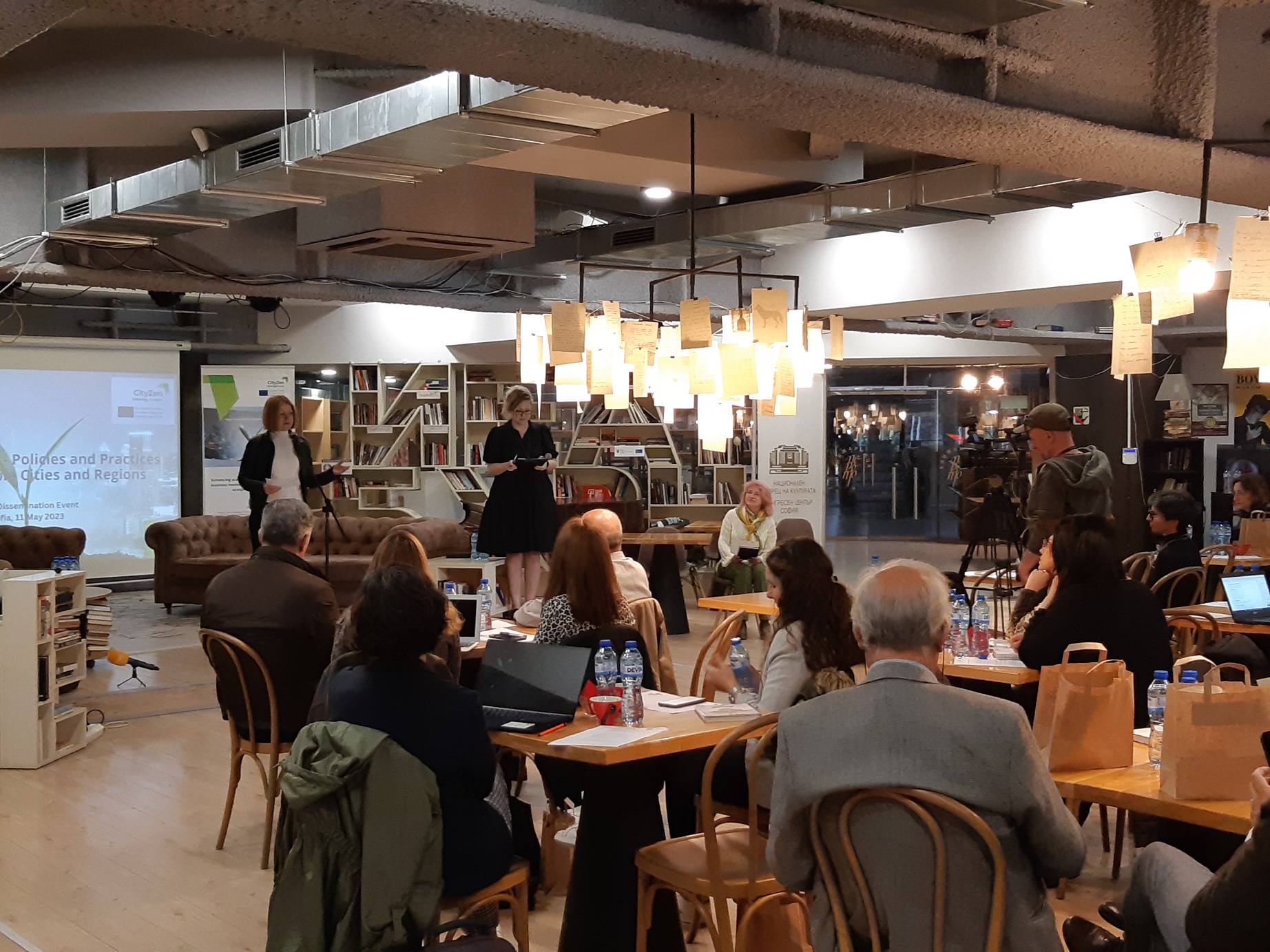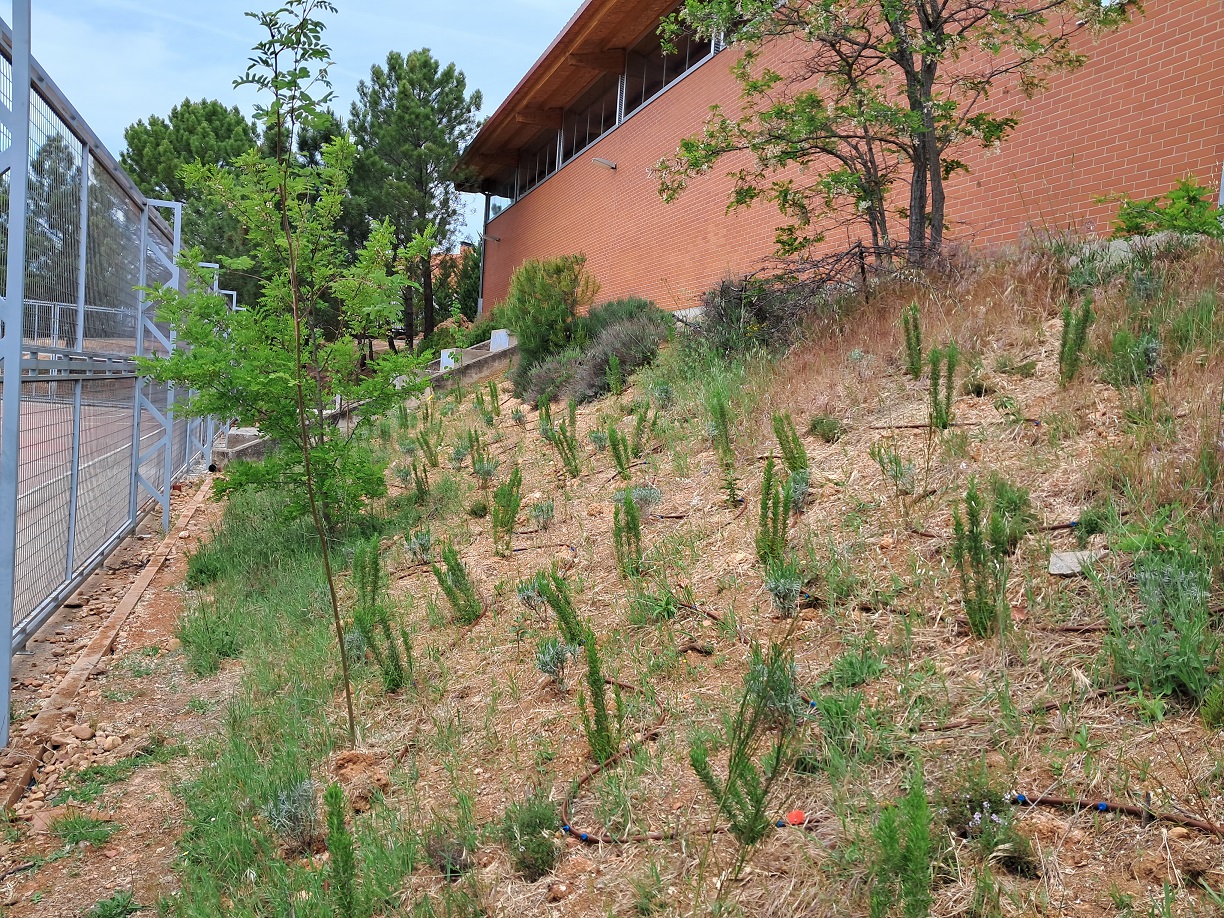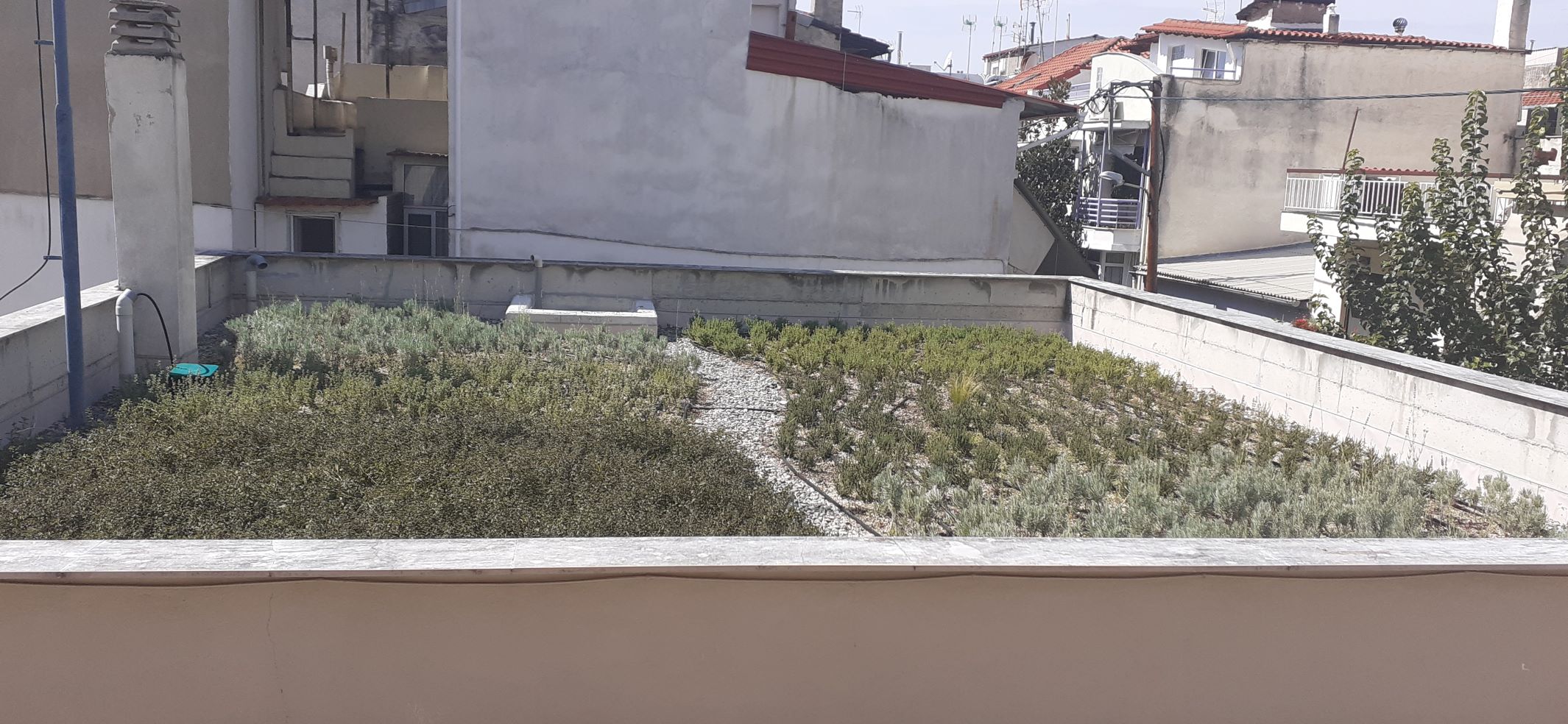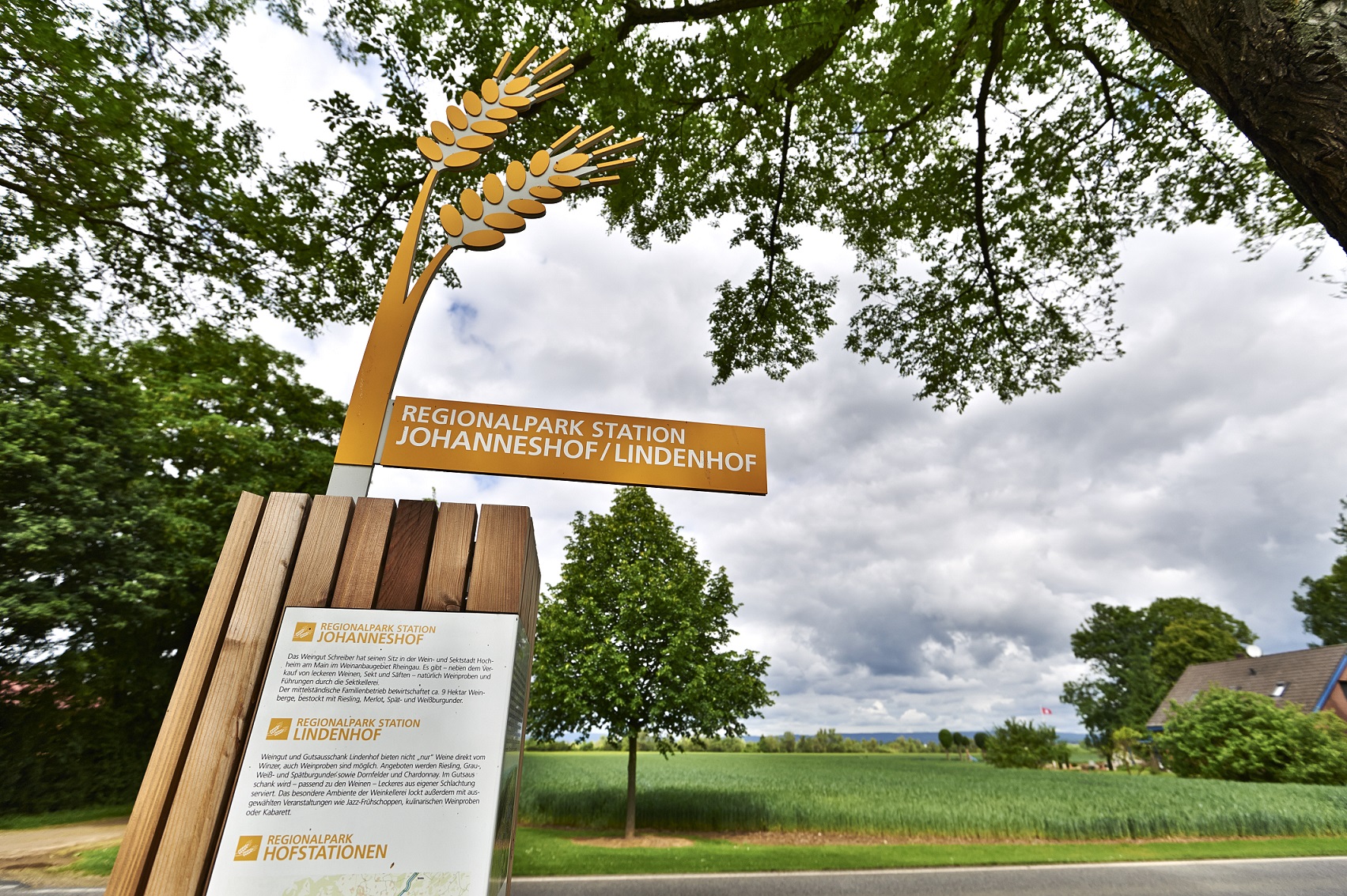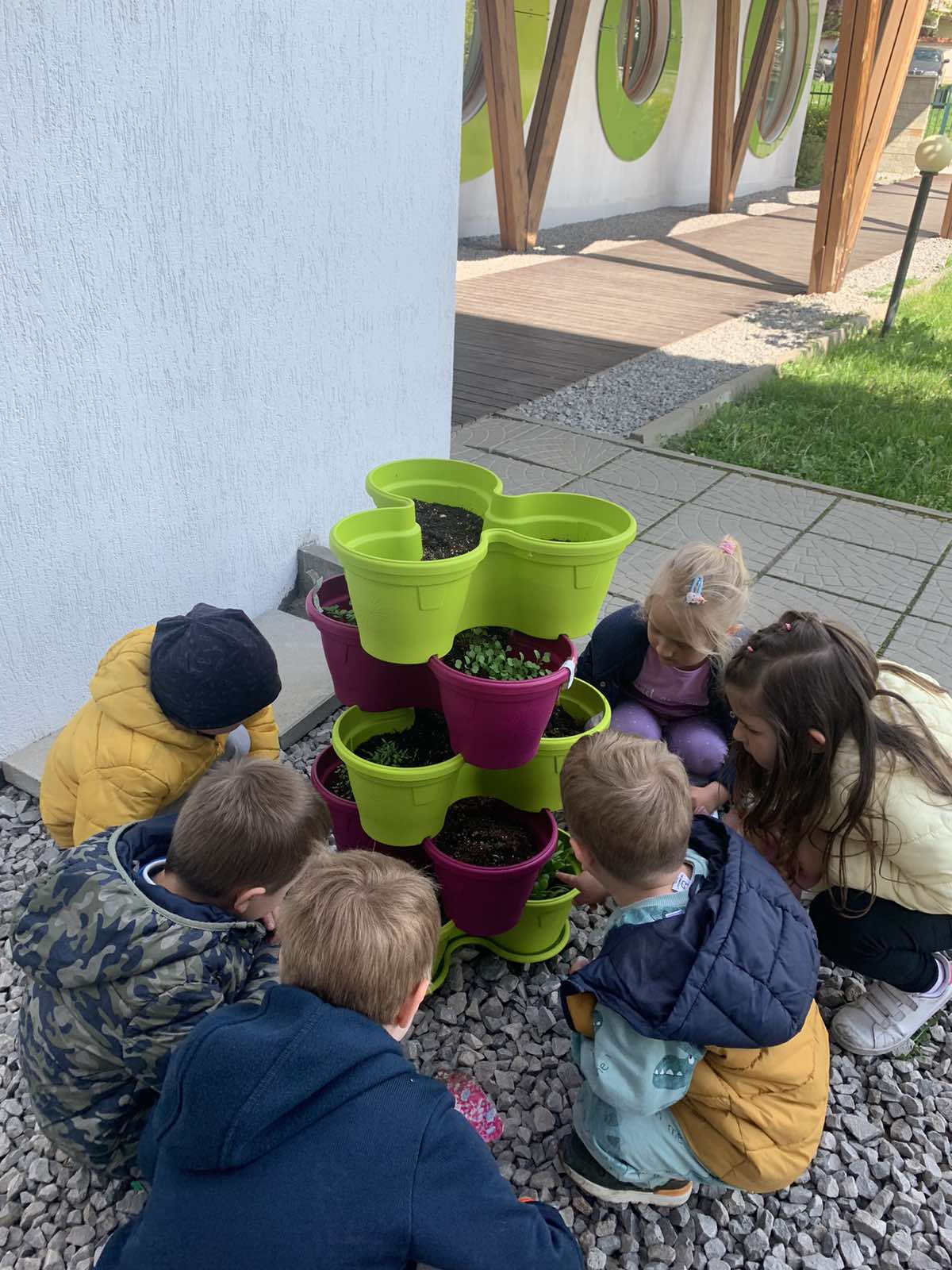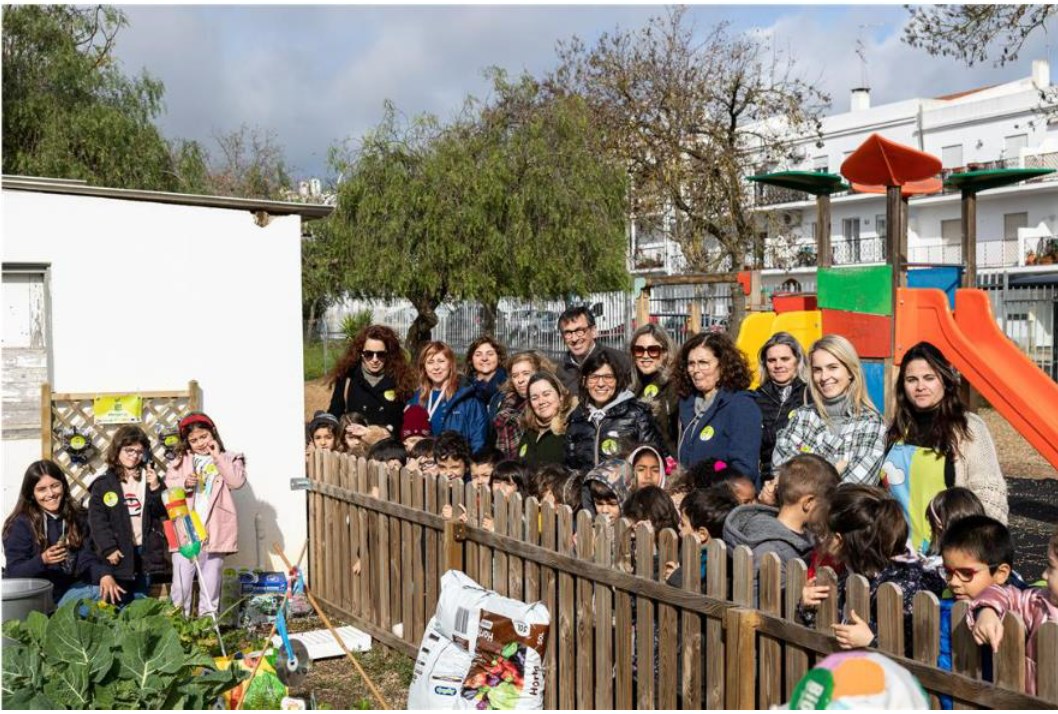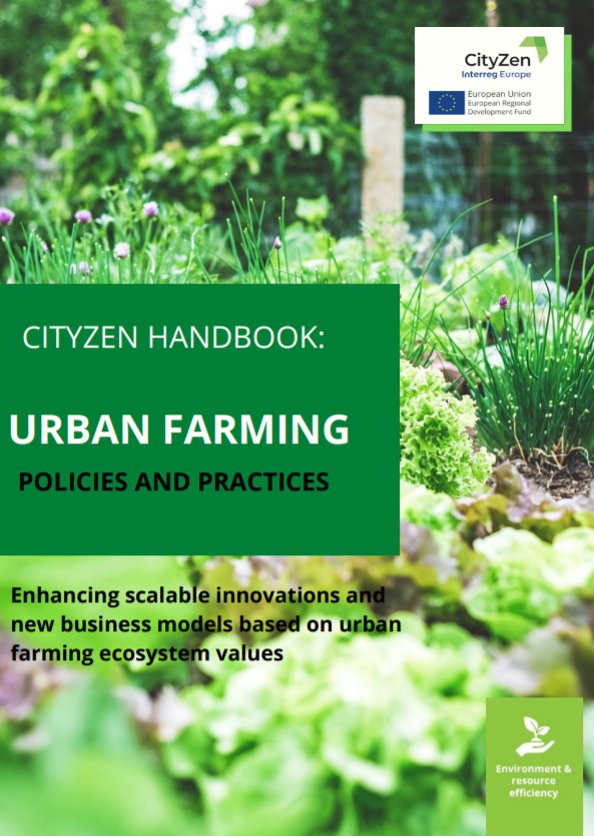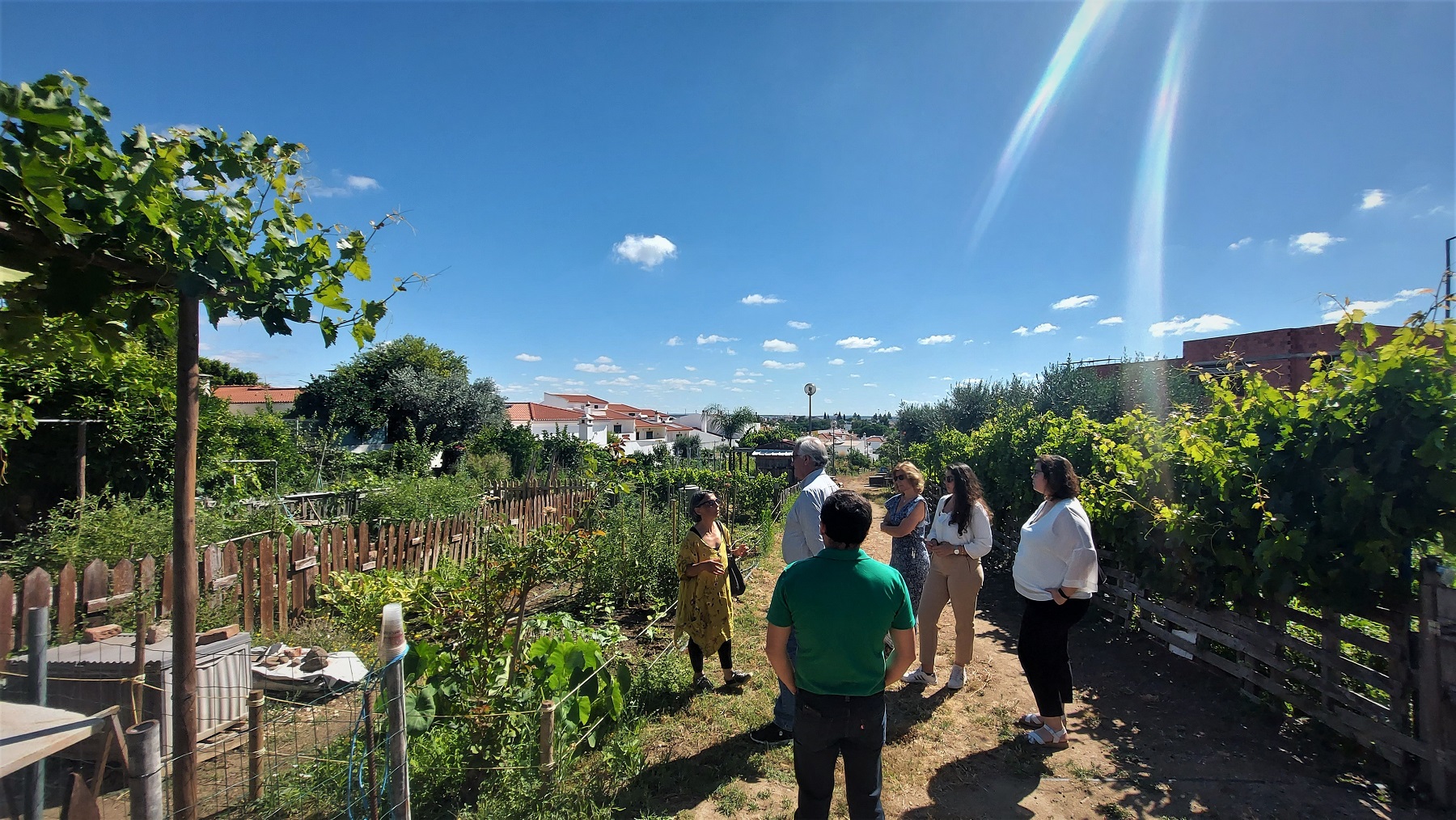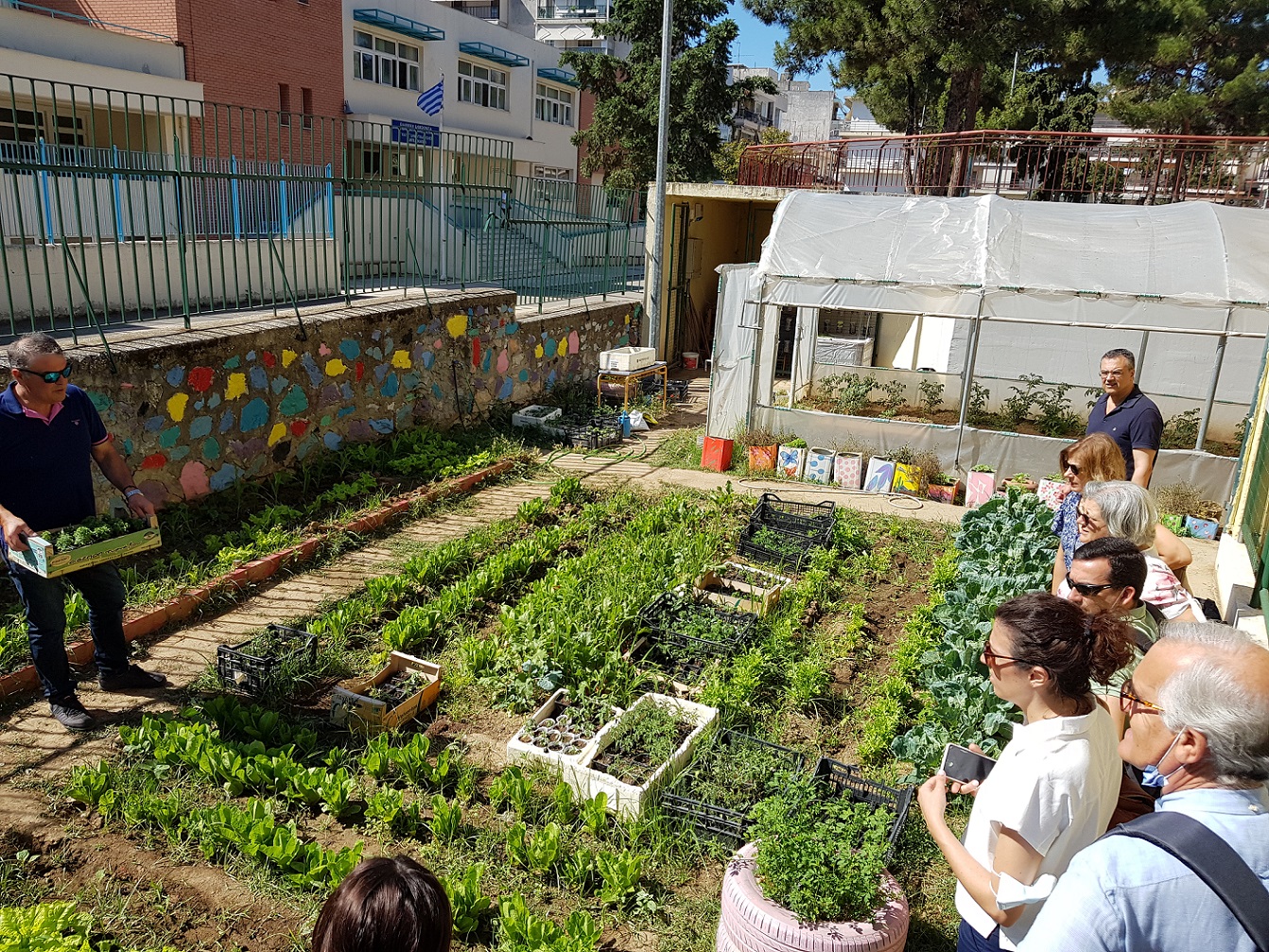Hydroponics can contribute to enhance urban farming activities in areas where access of citizens to land is limited, or where climate conditions are not favourable for farming outside of greenhouses. It is a farming alternative to some crops with many advantages.
Looking at the water footprint of traditional agriculture, which is nowadays responsible for 75 % of the world consumption, hydroponic crops need 50 % to 90 % less water. The technology can also be a solution for soil scarcity in many urban areas, mainly in big cities, where finding an open space to cultivate is not easy. It is more versatile to be used in vertical allotments, increasing efficiency in the use of available space.
Japan is at the forefront of this technology. For some years, hydroponics has been used, both in abandoned spaces as well as for the creation of vegetable producing companies. Many cities have unused spaces (closed factories or shops, or buildings that no longer have residential use) that could be reconverted to promote urban agriculture and offer local and zero kilometre products. Additionally, hydroponics gives the opportunity to increase the production period. It is possible to harvest during the whole year thanks to the use of solar lamps, avoiding the seasonality of traditional crops.
Other benefits include lower impact of pest and diseases in hydroponic crops and the lack of need to use fertilizers obtaining faster growth rates than traditional crops. As these systems do not produce weeds, there is no need to eliminate them and working hours required for its cultivation are reduced.
Of course, some disadvantages of this technology also need to be mentioned, for example a higher energy consumption is required for automatic watering and artificial light production. Hydroponic systems are not appropriate for all kinds of vegetables and it needs a higher economical investment in comparison with traditional crops. However, these kind of crops are a very good solution for cities or places with limited space availability.
It should also be said that the circularity and sustainability of hydroponic cultivation can be increased when hydroponics is combined with aquaculture, giving place to what is known as aquaponics. In the aquaponic system, the secretions of aquatic animals are used to fertilise the hydroponic system and although this type of system is not recommended on a large scale, it can be an interesting solution for promoting sustainable and circular agriculture in municipalities where space is scarce.
For more information on the topic, you can check out Katia Zacharaki's presentation on hydroponic berry production at our second CityZen Impact Workshop on YouTube.
Picture credit: marslaw, pixabay.com


